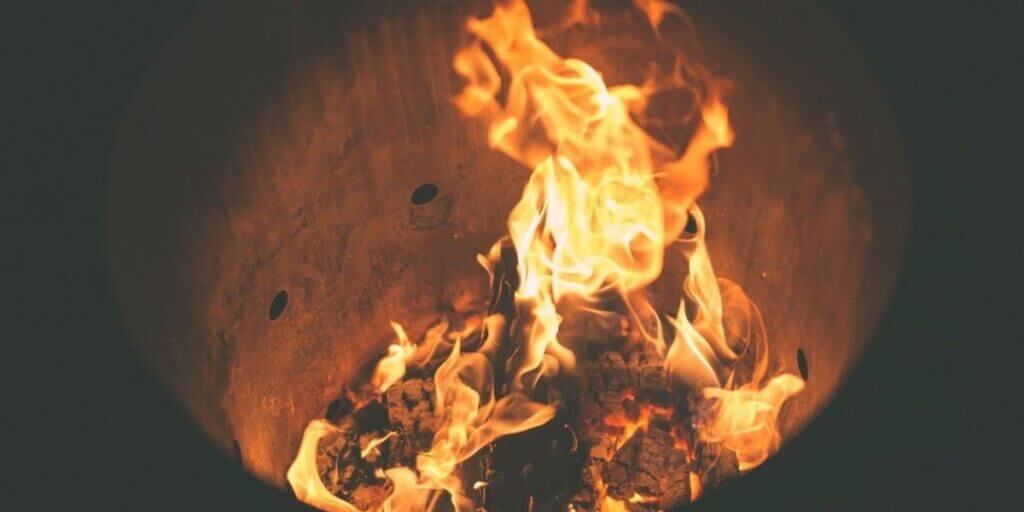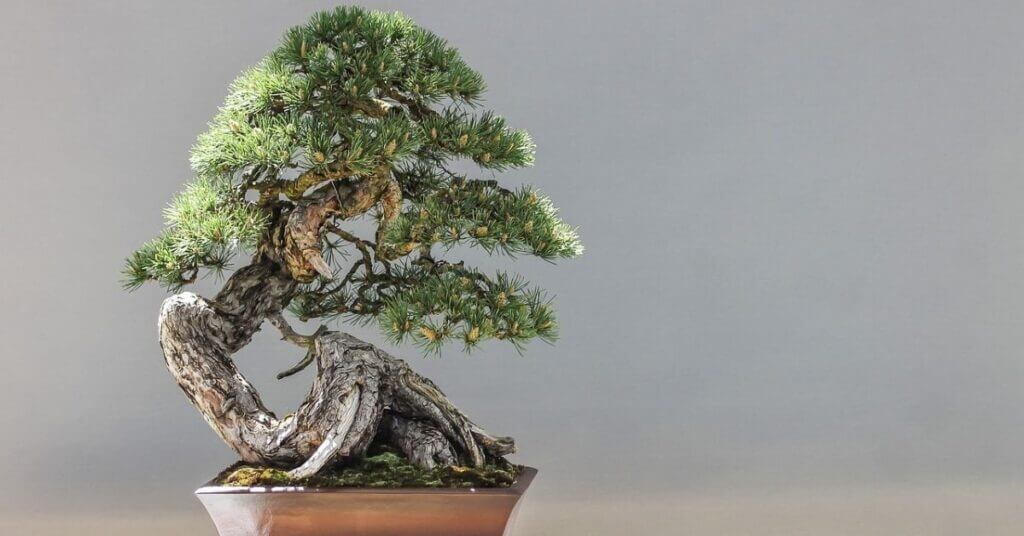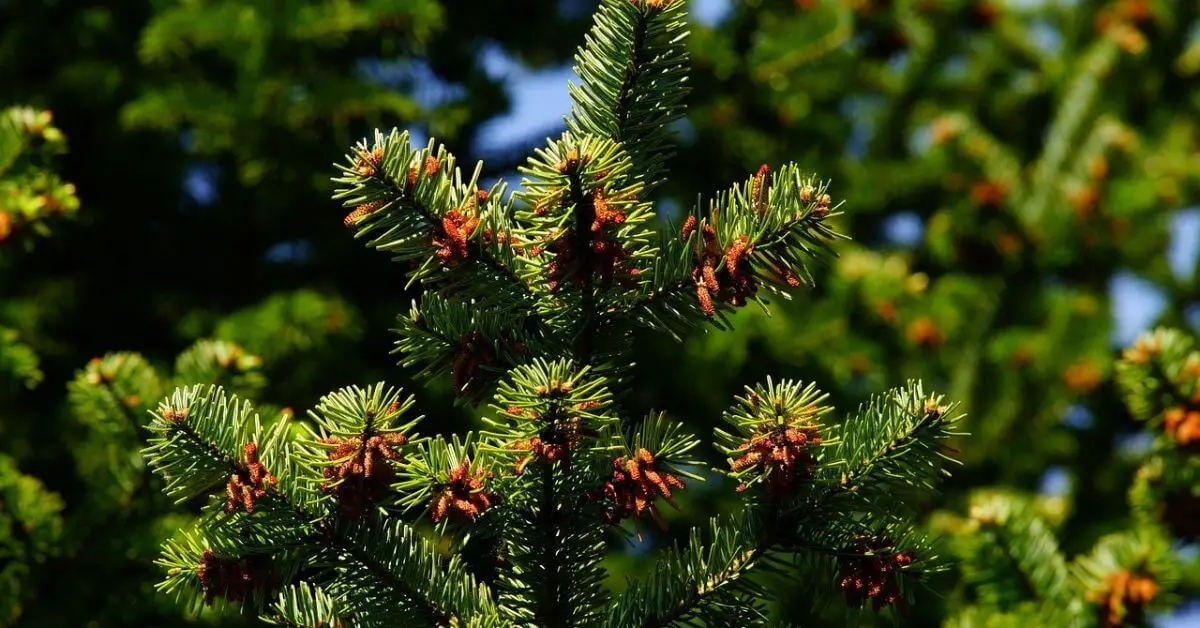Introduction
Jack Pine (Pinus banksiana) is known for making quality Pulpwood, boxes/crates, and poles. It has great workability properties. It is native to the northeastern United States and Canada. Jack Pine Wood is medium to low durability quality, Therefore it is not suitable for extreme weather and external application.
Jack Pine belongs to the Pinaceae family. The Pine family of conifers (order Pinales), consisting of 11 genera and about 220 and 250 species of trees. They are almost identical to each other. They differ in properties of color, hardness, grain, and rot resistance. They are used based on their properties and availability.
It prefers average moisture and well-drained soil. Full sunlight is required for good growth. Jack Pine tree can be easily grown and needs regular care in its early days. But later it depends on nature and requires less care. It can live more than 200 years.
| # | Jack Pine |
| Scientific Name: | Pinus banksiana |
| Tree Height and Trunk Diameter: | 50-80 ft (15-24 m) tall, 1-2 ft (.3-.6m) |
| Dried Weight: | 31 lbs / ft3 (500 kg / m3) |
| Janka Hardness: | 570 lbf (2,540 N) |
| Rot Resistance: | Good |
| Workability: | Great |
| Uses: | Pulpwood, boxes/crates, pallets, poles, and construction lumber |
| Type: | Softwood |
| Durability: | Good durability for only interior application. |
Jack Pine Uses
1. Construction Lumber
Jack Pine is more commonly used as construction lumber. Jack Pine is a moderately hard and heavy wood. Its straight grain gives good strength and support. Therefore it is a great choice for poles and construction lumber.
2. Decking
Jack Pine is a softwood and is not rated for resistance to rottenness, yet it is used for decking. Because pressure treatment and treated lumber are used for decking and exterior projects.
Treated wood is resistant to moisture and decay. The common wood(without treatment) of jack pine is not suitable for decking. It starts deteriorating in a few years due to exposure to soil and moisture.
3. Christmas Tree
The Jack Pine Christmas tree is very popular and it has been used for a long time. It is a small to medium-sized evergreen tree. The Pine Christmas tree business is huge. Jack Pine is cultivated such as Fraser Fir, Balsam Fir, etc for Christmas trees.
Jack Pine grows 5-7 feet in 6 to 10 years, 5 to 6 feet is the most popular size for a Christmas tree. Due to the good growth of jack pine, the large demand for Christmas trees can be easily met.
4. Boxes/crates
Jack Pine has great workability. It is slightly knotty as compared to other softwoods but glues, and finishes well. It is important for wooden crates to be strong as well as light. So that it is easy for transportation.
5. Paper(Pulpwood)
Around 16% of tree production worldwide is used for making paper. Apart from jack pine, there are many species of pine and other softwood and hardwood that are used extensively in paper manufacturing.
Jack Pine, Coniferous wood (softwood) is the best option for pulpwood. Because they have uniform and longer fiber cells. Long fibers provide strength and smoothness. Which is very important for good paper quality.
Most paper companies use a mixture of both hardwood and softwood for paper manufacturing. Softwood provides good flexibility, high folding strength, good tensile strength, and hardwood is denser than softwood. So It provides great stiffness and high thickness.
Jack Pine Characteristics
The main characteristic of this Jack Pine species is its ability to grow well in the poorest of soils. It does not require much care once it is mature.
Another advantage is the growth rate, Jack Pine is a fast-growing tree than most other conifers such as red pine, white pine, or spruce. It grows about 2 feet(24 inches) per year.
Jack Pine has great workability. It can work well with both hands and machine tools. Being softwood and low density, It does not require pre-drilling before applying nail and screw.
Jack Pine Disadvantages
Like every other wood, jack pine also has some flaws, after all, it is softwood. So that it does not have very good rot resistance. Its heartwood is rated as moderate to low in decay resistance. It is fine for interior projects but treated pine is considered suitable for exterior applications.
Many carpenters believe that “there have been problems with skin allergies and asthma while working with pine.”
The Jack Pine tree has many branches due to which it produces knotty lumber. Knots in wood weaken the wood. Wood with higher knots is counted in lower grades. Whereas a low-knot wood is counted in a high grade, which costs more than a low grade.
Jack Pine Identification
Jack Pine Needles
It has short, stiff, twisted, yellowish-green needles like leaves. These needles are arranged on the branchlets in clusters of two. Their length is about 2–4 cm (3⁄4–1 1⁄2 in) long.
Jack Pine Cone
Jack Pine is monoecious, So both male(pollen-bearing) and female(seed-bearing) cones are found on the same tree. The cones are curved at the tip, the cone is about 3-5 cm long. The young cone is yellowish-green and smooth after drying out and it turns dark brown.
The cones are sealed by a resinous bond. It opens at high temperatures (49 to 60 ° C). This heat is usually provided by the fire. Sometimes it opens naturally.
Jack Pine Bark
The bark of the young jack pine tree is smooth, pale gray, and thickness is about (1 to 2.5 cm (0.4 to 1.0 in)). When the tree begins to grow old, narrow streaks are formed in the bark and it becomes dark brown or reddish-brown. The resin of all pine trees is antiseptic, diuretic, rubefacient, and vermifuge. Pine resin is very useful in medicine.
Wildlife
Kirtland’s Warbler, Squirrel, and many small birds and animals are dependent on Jack Pine. It is suitable for its nesting, shelter. Jack Pine seeds are the main food of these little birds.
Cultivation
Dry conditions and sandy or rocky soil is suitable for the good growth of jack pine. It does not require too much moisture and care. It starts to produce cones in about 4-5 years. In a good environment, it grows from about 24 inches (2 feet) per year. Jackpine is cultivated extensively for the Christmas tree.
Jack Pine Firewood

As firewood, Jack Pine does not have a great rating because of its low density and BTU value. Due to its low density, It burns quickly and does not produce high heat. Jack Pine has 17 Million BTUs per cord value. The high BTU value produces high heat while the low BTU value produces low heat. A British thermal unit (BTU) is a measure of the heat content of fuel or energy sources.
It is better to have 15% or less moisture for firewood. The wood should be left 2-4 seasons to dry well. Less moisture produces less smoke and high heat during burning. Well-drained wood burns easily without any drama.
BTU values of wood species
| # | Wood species | Million BTUs per cord | Coaling Properties |
| 1 | Osage Orange (Hedge) | 32.9 | Excellent |
| 2 | Hickory, Shagbark | 27.7 | Good |
| 3 | Eastern Hornbeam | 27.3 | Excellent |
| 4 | Ironwood | 27.1 | Good |
| 5 | Beech, Blue | 26.8 | Excellent |
| 6 | Birch, Black | 26.8 | Excellent |
| 7 | Locust, Black | 26.8 | Excellent |
| 8 | Hickory, Butternut | 26.7 | Good |
| 9 | Locust, Honey | 26.7 | Excellent |
| 10 | Apple | 26.5 | Good |
Jack Pine Bonsai

The word “bon-sai” (often misspelled as Bonzai or banzai) is a Japanese term. Bonzai means “planted in a container”. The main reason for making bonsai trees is that large tree species are grown in small containers. The Bonsai tree is used as an ornamental plant for homes and offices.
Jack Pine is the best tree species for fantastic bonsai art. Because it can grow in rocky and sandy soils and can survive in adverse conditions. The jack pine tree is resilient, evergreen, and dense. Which seems quite attractive in the form of bonsai.
Jack Pine is a great option for bonsai trees. Because it does not take much care. It does not require experience and rocket science to make Jack Pine bonsai.
Soil is an important factor for jack pine and other bonsai. Preparing soil for Jack Pine bonsai is quite easy. You will need to prepare soil that has a slightly acidic or neutral pH and drains well.
Apart from the soil, Placing is also important for a bonsai tree. Jack Pine trees grow well in a natural environment. Keep it in a place where it gets proper sunlight and gets open air. Do not always move the bonsai from one place to another for sunlight and other reasons.
It is important to give proper water to jack pine bonsai, especially in the early stages. Let the soil dry out thoroughly before re-watering your Pine bonsai. Jack Pine does not require much watering after maturity.
Conclusion
Jack Pine is a great pine species. Its bark, cones, needles, and wood are used in many applications. Although it is softwood, It is not rated as great decay resistance but Its hardwood is rated as low in decay resistance. So Mostly Jack Pine is used for paper and construction lumber.

